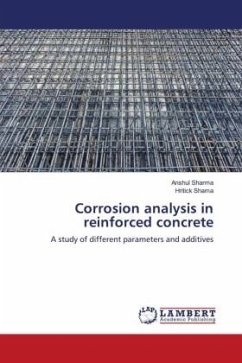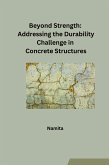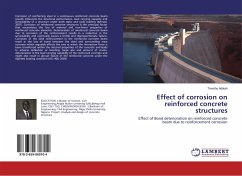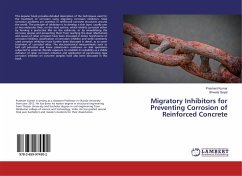In this study, an experimental investigation of Corrosion behavior in beams with respect to changes in various parameters like W/C ratio, cover depth, and reinforcement diameter is done. Corrosion in the beams was induced by the impressed current technique. The Half-cell Potential method was used to calculate the probability of corrosion in the beams. The various trends and patterns were observed and highlighted. Strength characteristics of the specimens were also studied by calculating the Flexural strength of beams using the Center point loading method, both before and after Corrosion. The loss in the mass of the reinforcement was also calculated by faraday's law as well as from experimental data. Two additives were also added in combination. First is Alccofine-1203 which is ultrafine slag, used as a 20% replacement for cement. It reduces the permeability of concrete, because of its fineness and packing efficiency, making it less resistant to corrosion. Another is Crimped Steelfibers 1% by weight of concrete. The main reason for adding steel fibers was to reduce the availability of oxygen and water to the reinforcement. These additives were used separately as well as together.
Bitte wählen Sie Ihr Anliegen aus.
Rechnungen
Retourenschein anfordern
Bestellstatus
Storno








